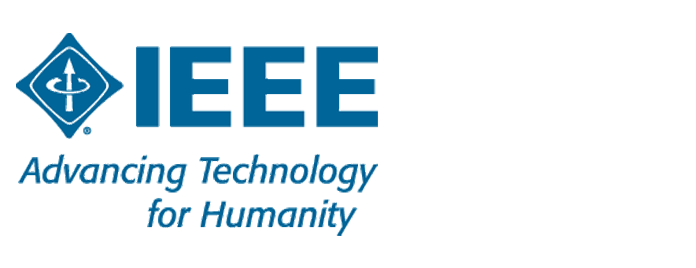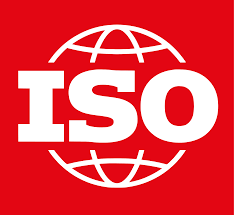IEEE 802.15.4-2020 - IEEE Standard for Low-Rate Wireless Networks
The physical layer (PHY) and medium access control (MAC) sublayer specifications for low-data-rate wireless connectivity with fixed, portable, and moving devices with no battery or very limited battery consumption requirements are defined in this standard. In addition, the standard provides modes that allow for precision ranging. PHYs are defined for devices operating in a variety of geographic regions. (The PDF of the standard is available at no cost at https://ieeexplore.ieee.org/browse/standards/get-program/page/series?id… compliments of the IEEE GET program)

